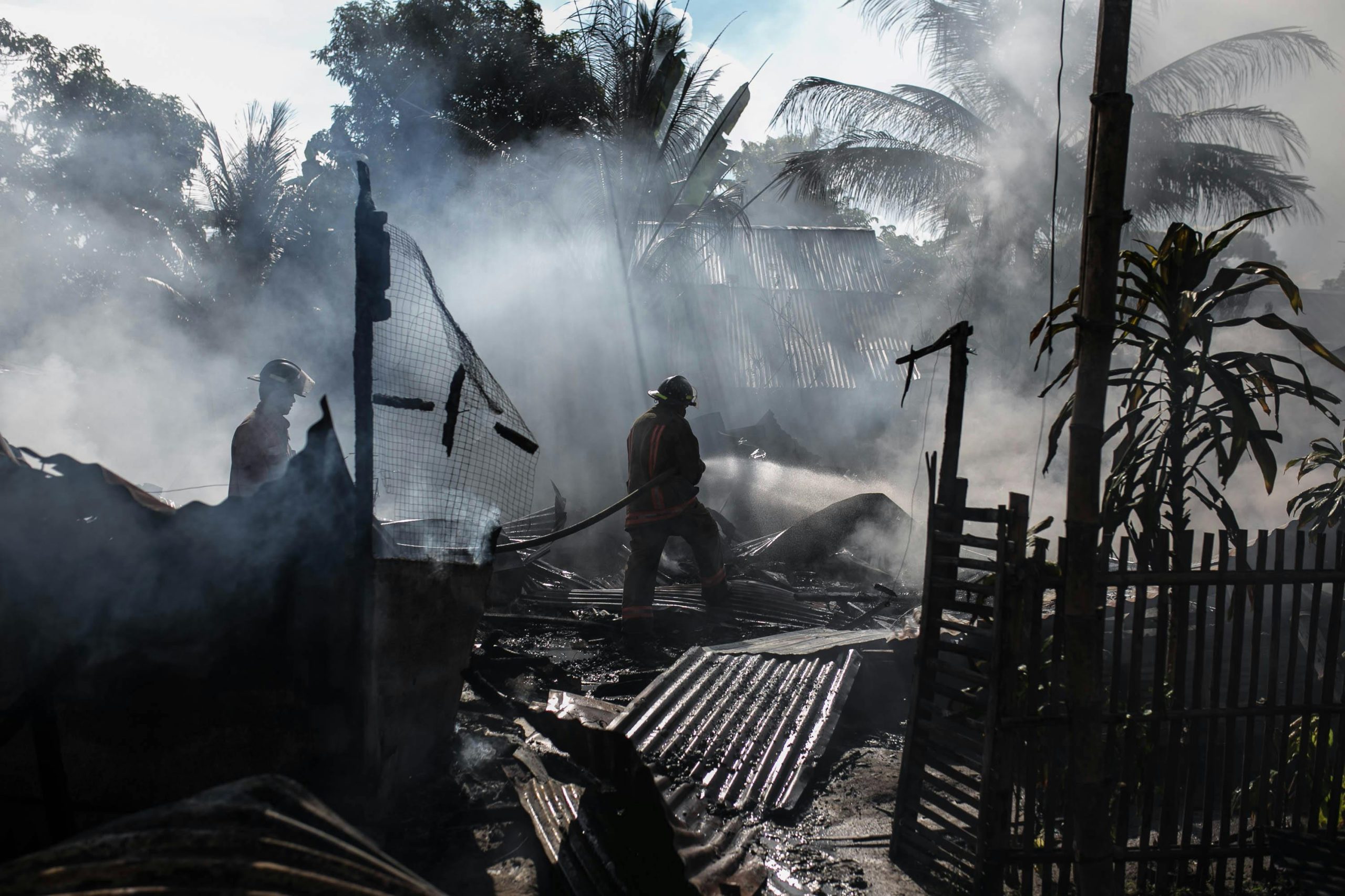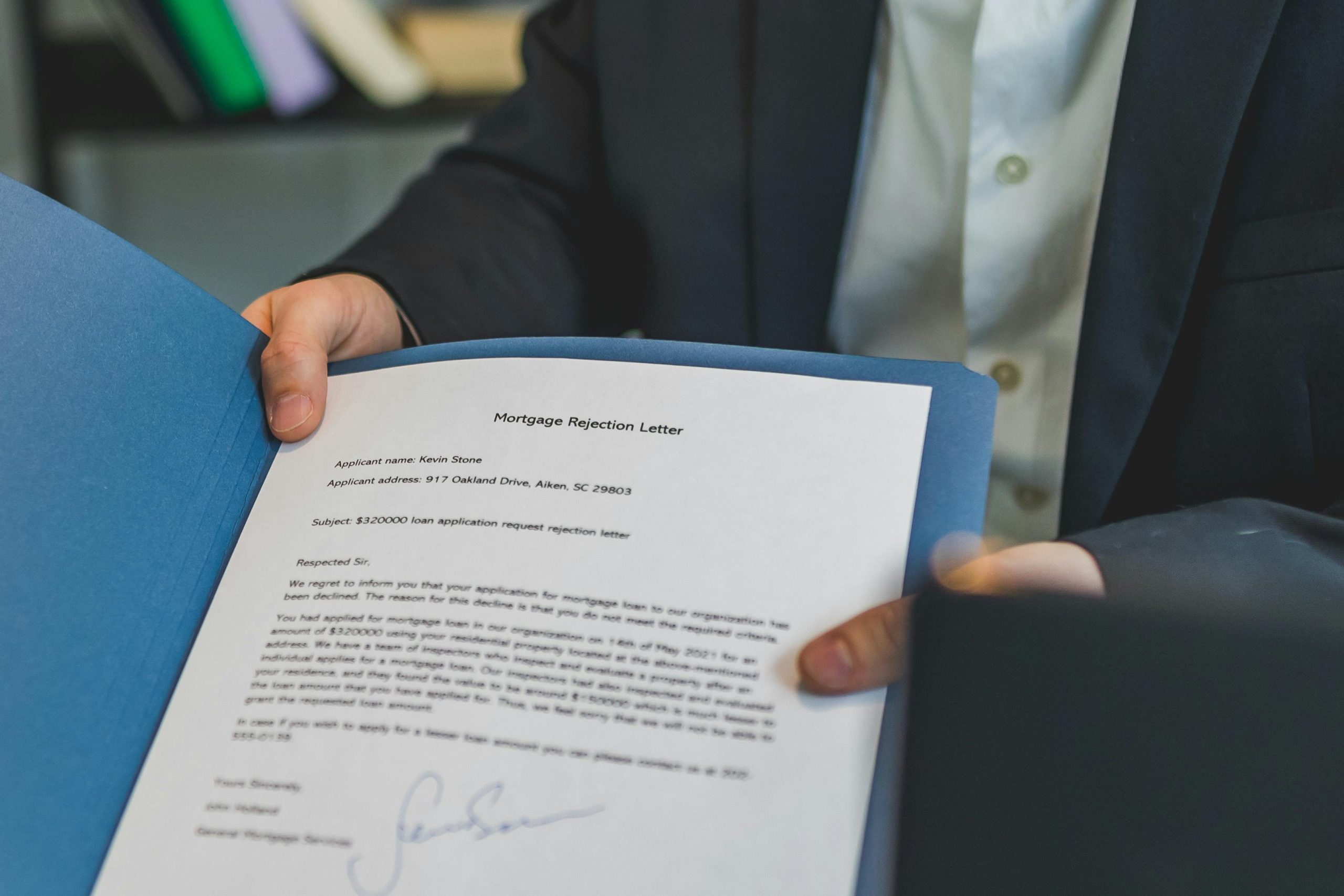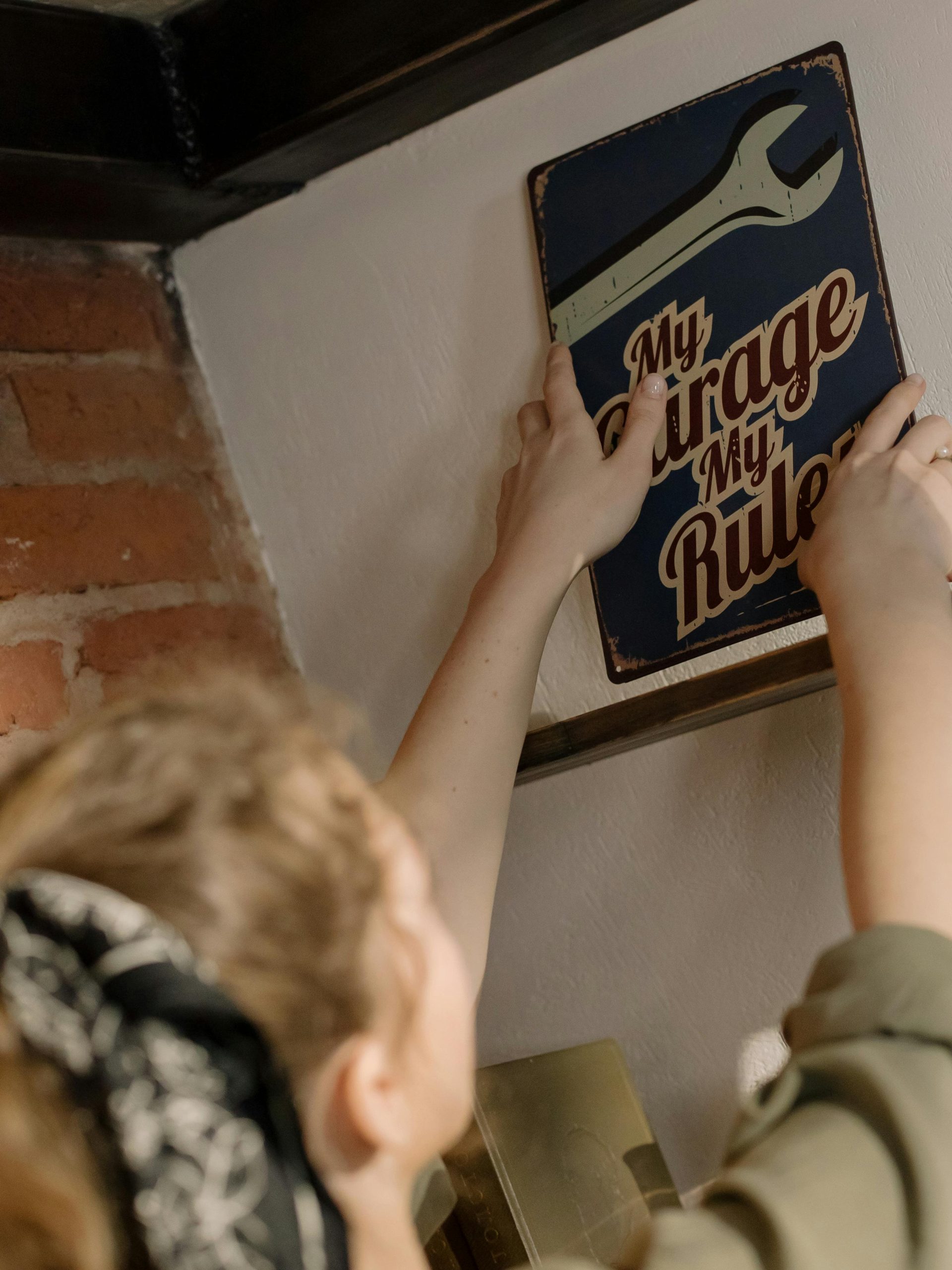California’s $5k Property Damage Limit?
I was involved in an accident with a driver from Enterprise, who admitted fault. Their insurance assessed the damages and sent me a small settlement.
However, after taking my car to a body shop for repairs, the shop identified significantly more damage—over five times the initial estimate from the insurance.
The other party’s insurance informed me that they only have a $5,000 cap for property damage claims in California, which includes costs for rental cars, towing, and storage. They stated that any expenses exceeding this limit would need to be claimed through my own insurance, despite me not being at fault.
I’ve already been renting a car for nearly two weeks, which is likely consuming a large portion of that $5k.
It’s hard to believe that a major company like Enterprise operates under such a low property damage limit.
What options do I have besides going through my own insurance?




I’m sorry to hear about your situation; it sounds quite frustrating. While it’s true that California does have limits on certain types of liability claims, it seems particularly low for a large company like Enterprise. Here are a few options you might consider:
Gather Documentation: First, make sure to document all repair estimates from the body shop, rental car costs, and any related expenses. This will help establish your case for the actual damages incurred.
Contact Enterprise Directly: Since the at-fault driver was an Enterprise renter, you might want to contact their corporate office or the rental branch directly. Explain your situation and provide them with the documentation of the damage and repair estimates. They might be willing to negotiate or cover costs beyond the insurance limit.
Negotiate with the Insurance: Reach out to the insurance company again and provide them with the new appraisal from the body shop. Sometimes, presenting new evidence can lead to a re-evaluation of the claim.
Personal Injury Protection (PIP) or Uninsured Motorist Coverage: If you have your own auto insurance, check if you have Personal Injury Protection or Uninsured Motorist coverage. These might cover some of your expenses even when you are not at fault.
Consult a Lawyer: If negotiations with the insurance company and Enterprise don’t yield satisfactory results, consider consulting with a personal injury attorney. They can offer guidance on your specific situation and whether pursuing legal action would be beneficial.
File a Claim with Your Insurance: If all else fails, you may need to invoke your own insurance policy. While this is not ideal since you weren’t at fault, your own insurance can often help facilitate repairs and reclaim costs from the at-fault party’s insurance.
Consider Small Claims Court: If the amount exceeds what the insurance is willing to pay, and you believe you have a strong case, you might consider taking the matter to small claims court.
Navigating insurance claims can be complicated, especially after an accident. Staying organized and being proactive will be key to resolving the issue. Good luck!